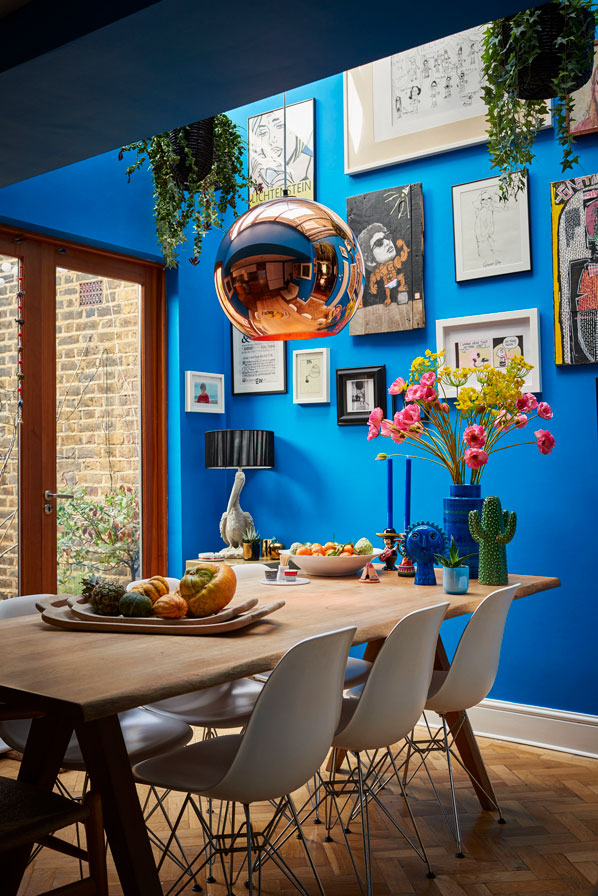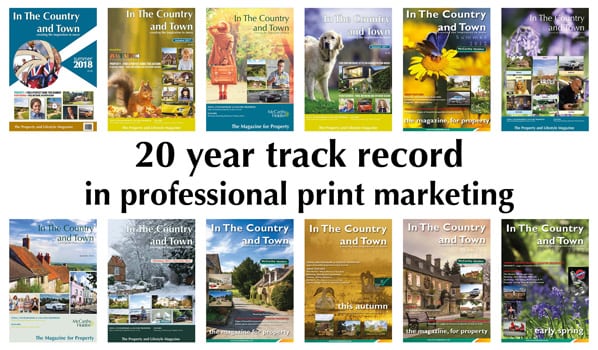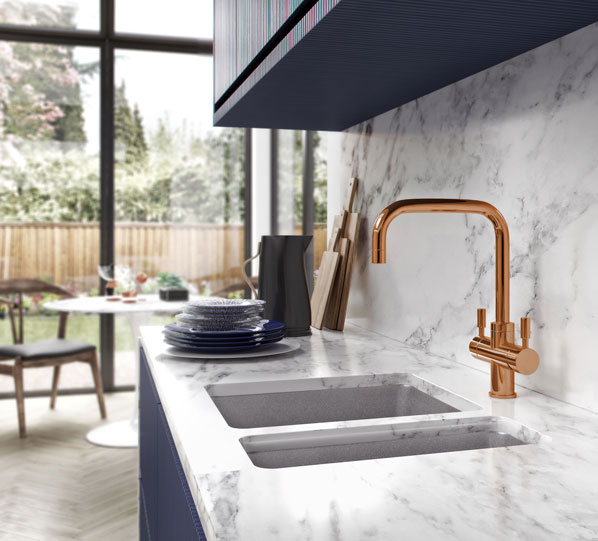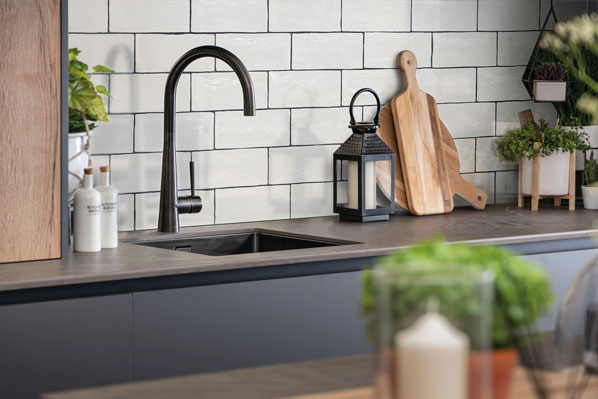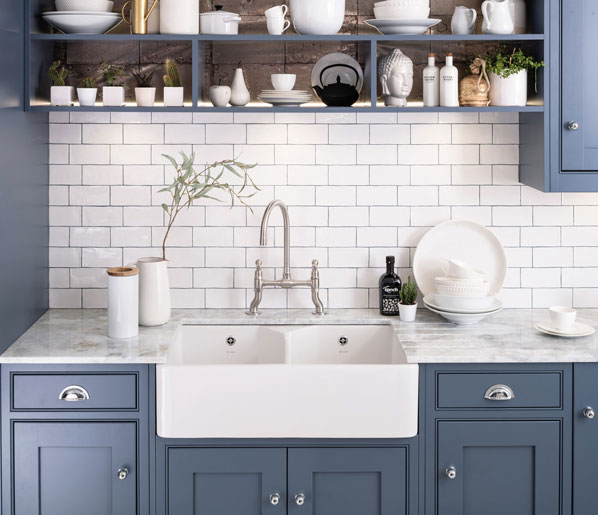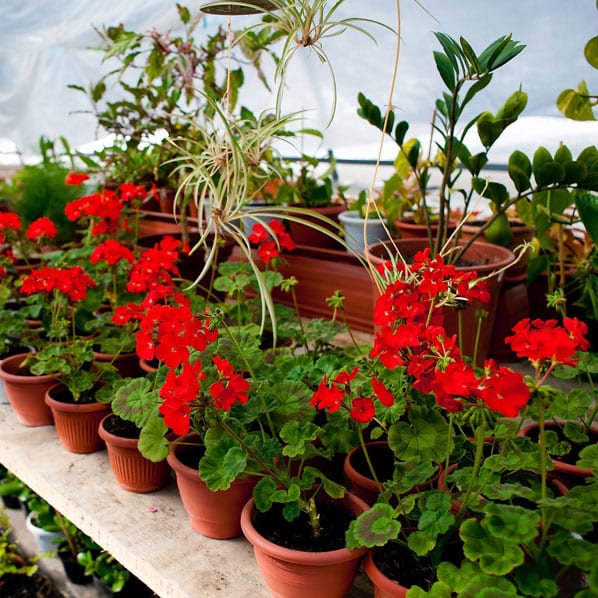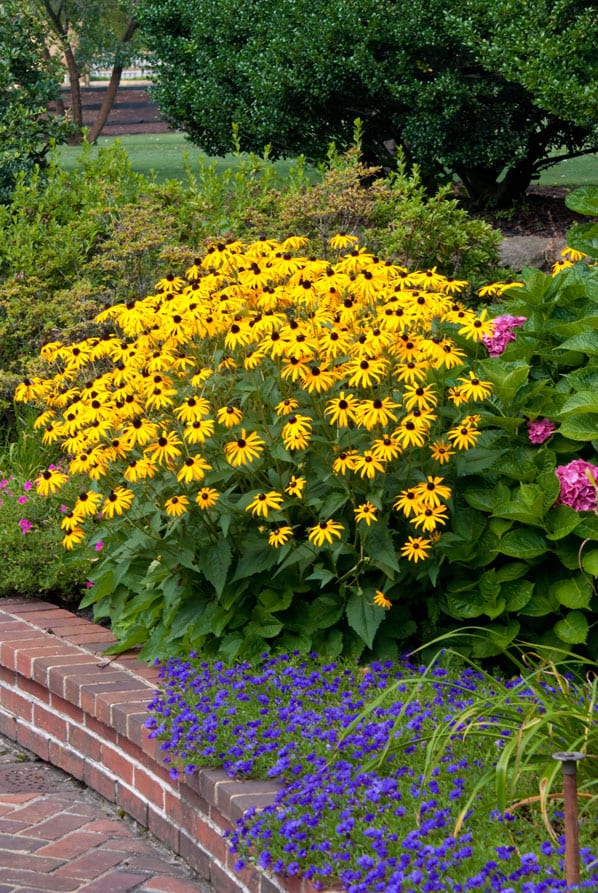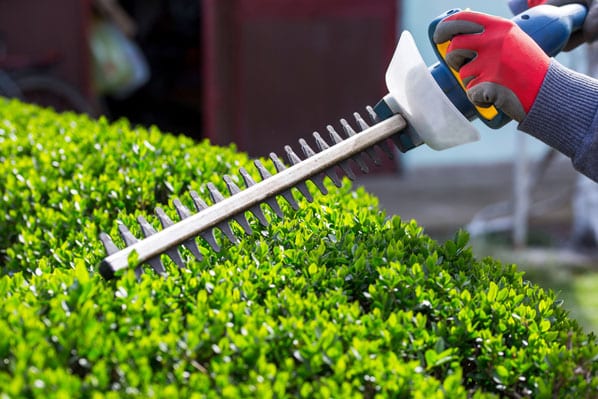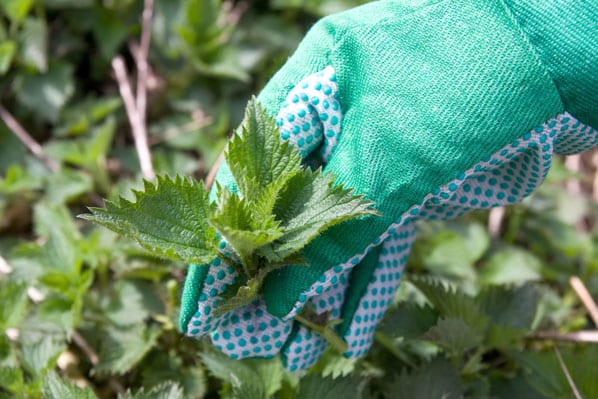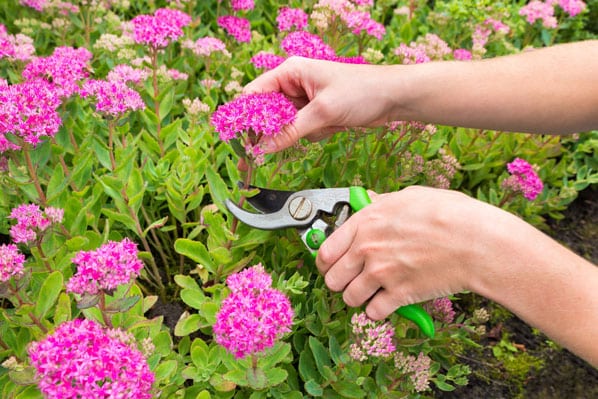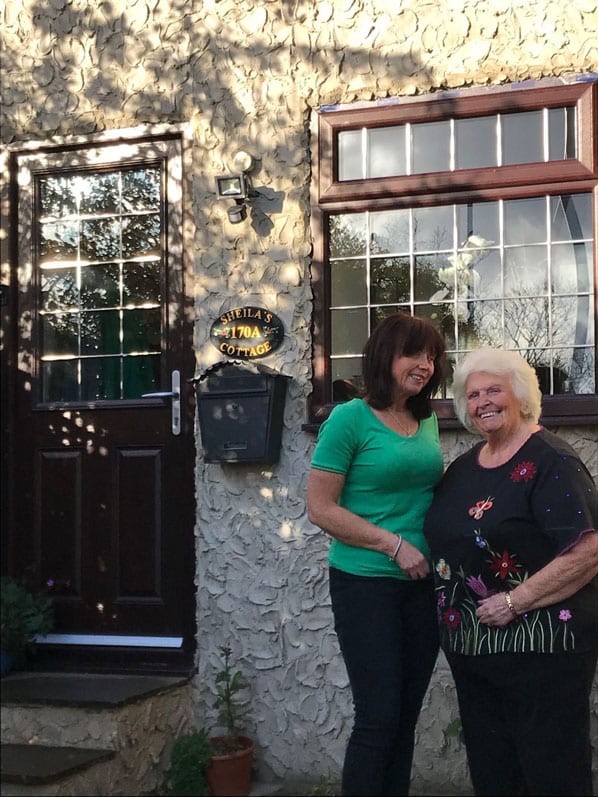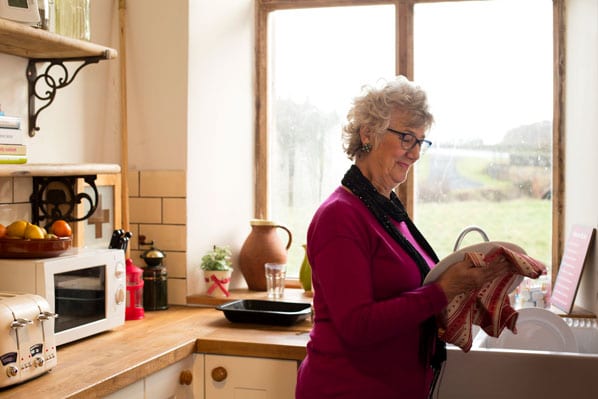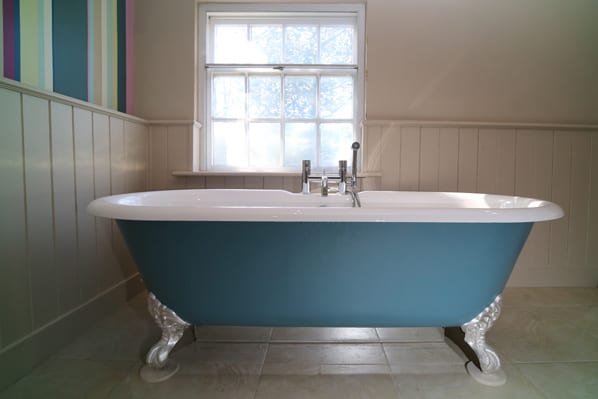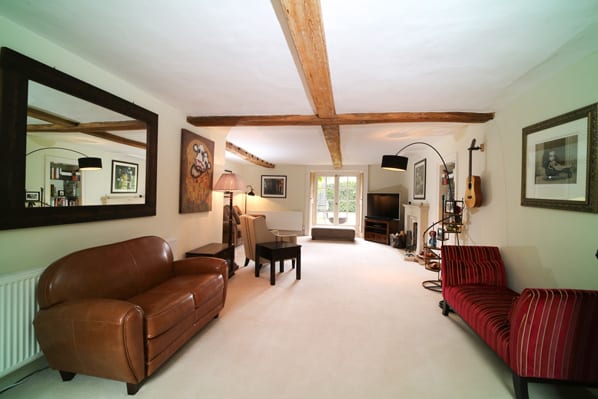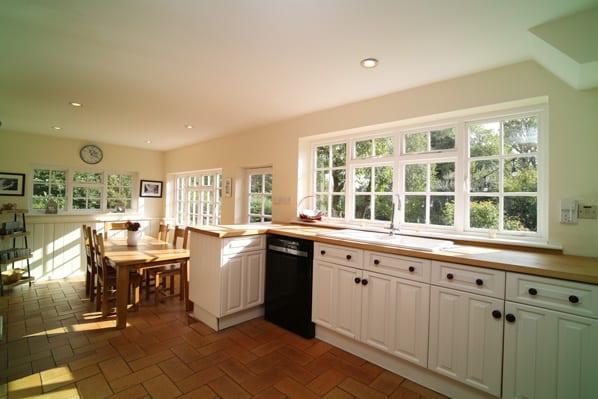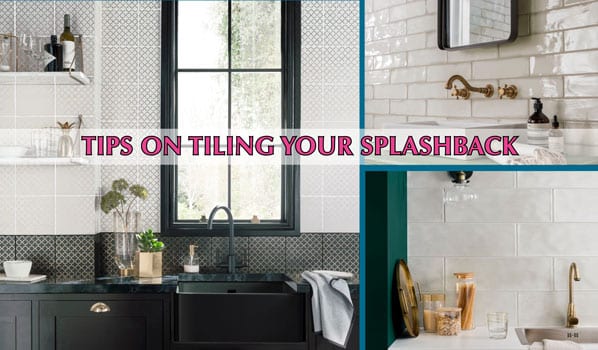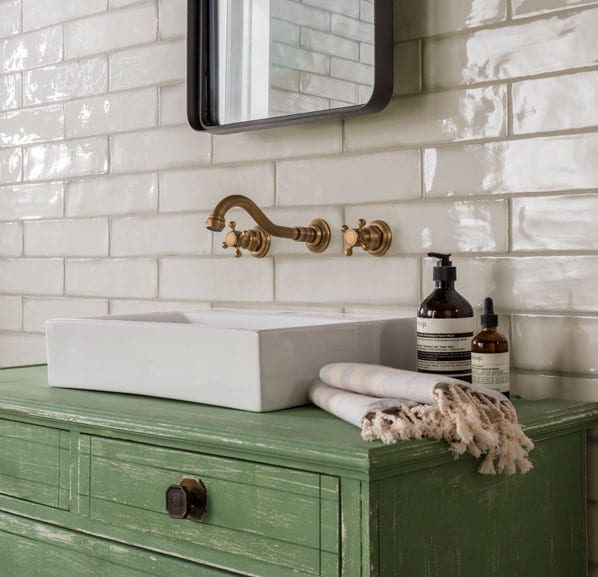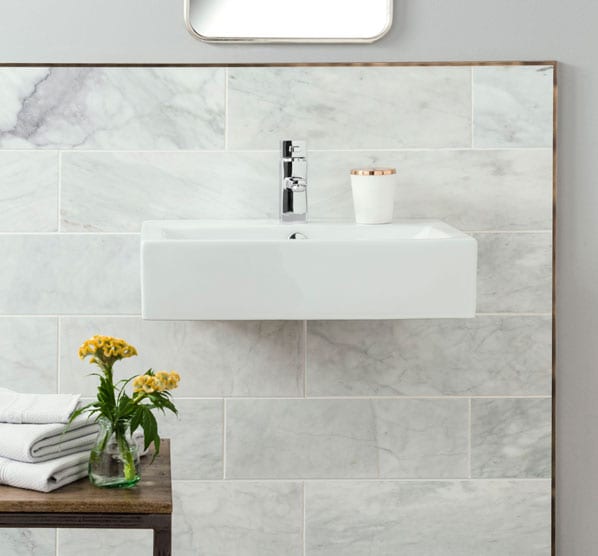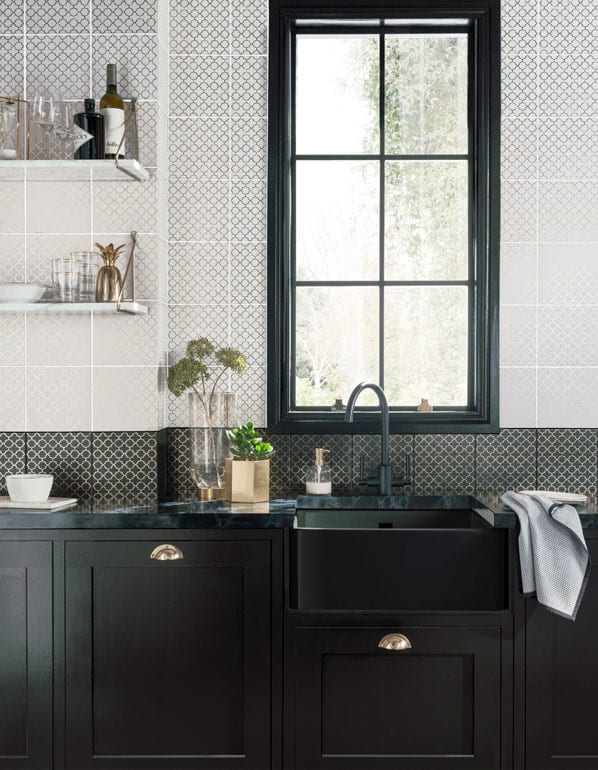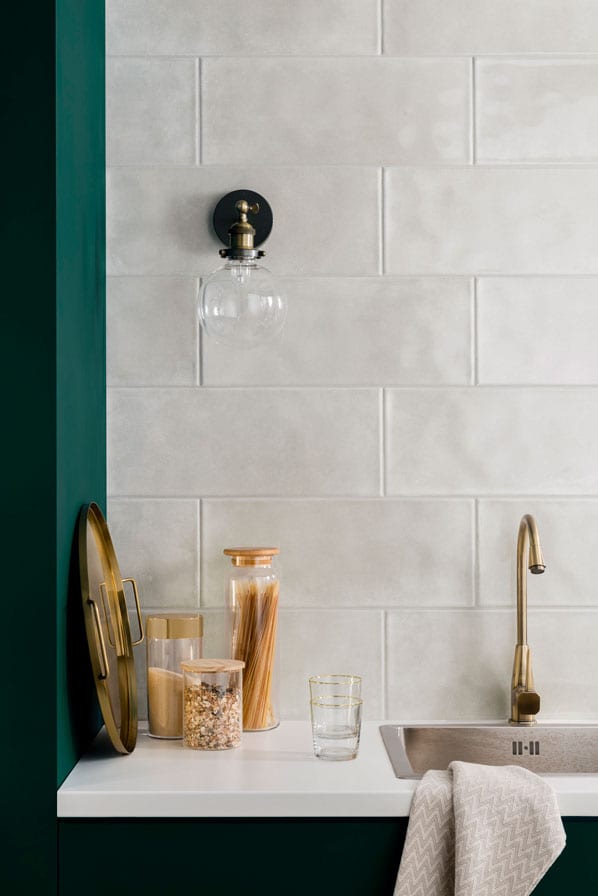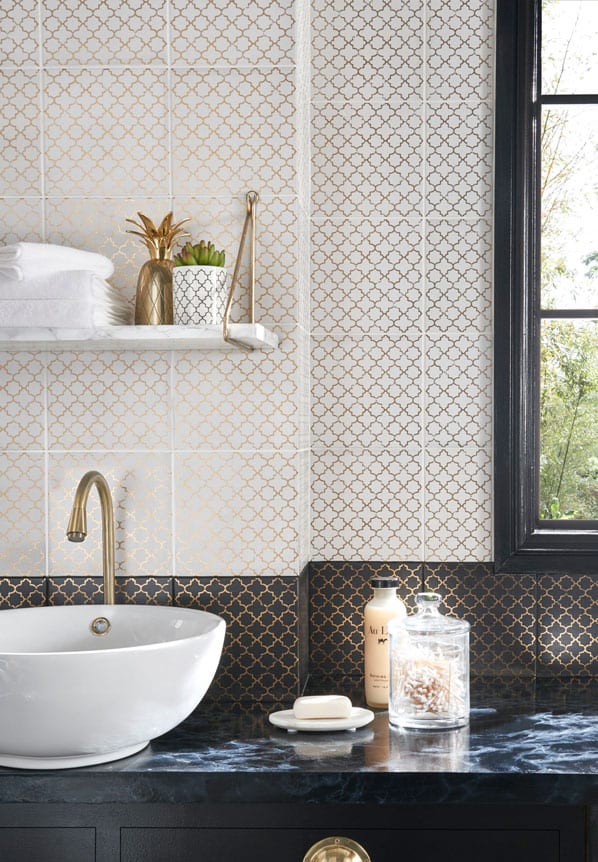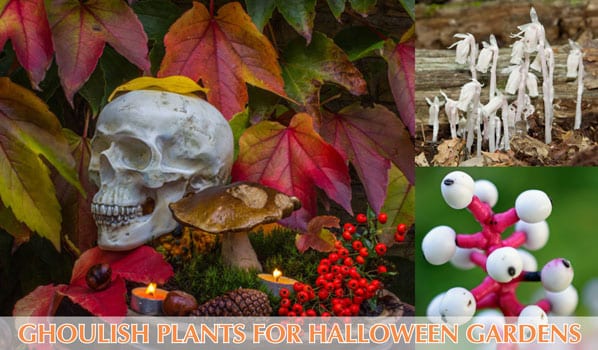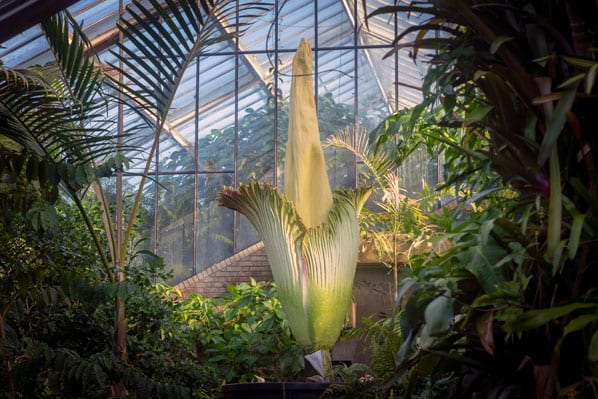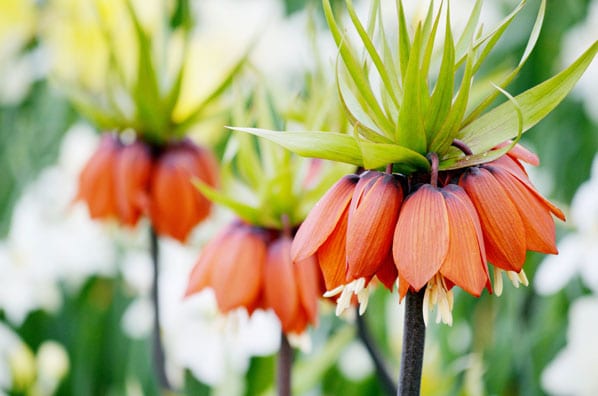
You can even add the sounds of birdsong. But always check the weather forecast, says Luke Rix-Standing.
In the modern home, we have – in many ways – embraced the idea of fakeness. Fake leather covers our sofas, our fireplaces are warmed by fake fires, our window sills decorated with fake pot plants.
Of course, there is a limit to what aspects of a home can be fictionalised. You can’t buy a fake fridge or washing machine, and you can’t fake a toilet for, well, obvious reasons.
But you can now fake a window, and it’s becoming increasingly popular to do so. Here’s why – and how you can try the trend, too.
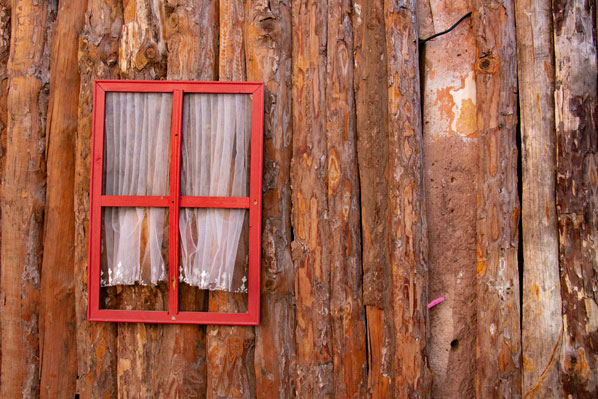
Fake for purpose
Fake windows are examples of ‘biophilic design’ – products that tap into our innate affinity with the natural world, and imitate positive stimuli, like greenery and natural light.
As far back as the 1980s, studies suggested that well-lit rooms and large windows tend to increase the welfare of their occupants. While a 2014 study found that windowless rooms helped contribute to stress, anxiety and poor sleeping patterns.
Naturally, fake windows aren’t always a good fit (you won’t need one in a glass-glazed penthouse). But, in poky office interiors and dark, dismal basements, any window – even a fake one – can provide respite from the gloom.
Fake windows can brighten these rooms with tropical splendour, dazzling seascapes or any woodland of their choice. It’s not quite the same as the real thing, but they can do a surprisingly good job of echoing the more expansive feel of the great outdoors.
More complex fake windows are even considered a boon for late-stage dementia. The fake ‘exterior’ can often be changed at will, and this can help patients feel an affinity with the outside world, maintain their sleep cycles, and stay connected with the passage of time.

A window of opportunity
Unhampered by the need to show the actual outside, fake windows come in a near-infinite array of shapes, sizes and prices, from £10 posters to sophisticated LED displays worth thousands.
Companies such as Icon Wall Stickers sell ready-made ‘window posters’, depicting natural scenes with a visual depth that helps elongate a room. And even people that would lose a fight with a flat pack wardrobe can knock together something themselves. Just pick a picture of your preferred scenery and construct your very own made-to-order window frame out of wood or polystyrene.
If you’re a talented artist, paint yourself a personalised horizon, or – if you’re not – ask somebody else to do it for you. Score extra points by fashioning a set of shutters, and attaching them with hinges.

A multi-sensory experience
Some manufacturers have taken fake windows into the digital age, and a few well-placed LEDs can illuminate your window with a warmth akin to a sunlit glow.
Add a conventional pair of curtains, and enjoy the classic sunshine-through-the-window feel of a nice weekend lie-in, whatever time you’re getting up.
Top-of-the-range models come complete with moving backgrounds – each babbling brook or rustling tree closely choreographed to feel relaxing and real. Sky Inside UK offers plenty of options – as well as a range of skylights, in which slowly swirling clouds gradually give way to a hemisphere of stars.
Aside from its domestic clients, Sky Inside has been catering to hospitals, office blocks, and even prisons – labyrinthine structures in need of an injection of light and tranquillity. One success story involved a prison pharmacy – a dank and dimly-lit room which dealt regularly with inmates in distress.
Before installation, each inmate would be accompanied by two police officers; now one officer can escort multiple prisoners at once.

For the height of windowless luxury, keep an eye on Panasonic’s new prototype, the +Window, mid-development by its Future Life Factory. Product demos feature light settings that mimic six distinct weather patterns akin to the Hogwarts Great Hall, the sound of birds tweeting, and a fan calibrated to recreate the gentle caress of a summer breeze.
Just remember to check the weather forecast before you step outside. No amount of LEDs can protect you from the great British weather.



